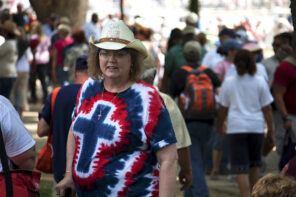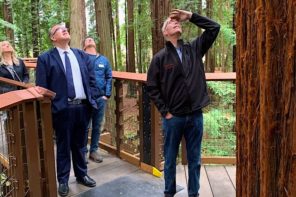Adding a bit more context to my post from this morning: Pew has analyzed the exit polling data and found that the religious composition of the electorate has remained pretty much the same over the past three midterm cycles (2006, 2010, and 2014). White evangelicals made up 24% of the electorate in 2006, 25% in 2010, and 26% this year, a slight uptick.
But the nones, the much-discussed segment of the population that is supposedly going to shift our politics away from the control of religious conservatives, has turned out steady percentages of voters over the last three cycles (11%, 12%, and 12%, respectively), despite growing as a segment of overall population.
Based on a 2012 Pew survey, I wrote two years ago:
there are now as many “nones” as there are white evangelicals – each makes up 19% of the US population. But the generational trends are traveling even more starkly in a non-theist direction: 32% of 18 to 29 year-olds are unaffiliated, and 42% of those describe themselves as atheist or agnostic. That’s over ten points higher than the 21% of 30- to 49-year-old “nones” who describe themselves that way, and more than twice the 15% of 50- to 64-year-old “nones” who do.
These are national numbers, obviously, and there greater numbers of evangelicals and fewer “nones” in some states than others. But, as I noted this morning, the evangelicals, at least in the midterms, are winning the turnout game.




